Flowers Tell My Heart: Ecological Aesthetics in Eco-print
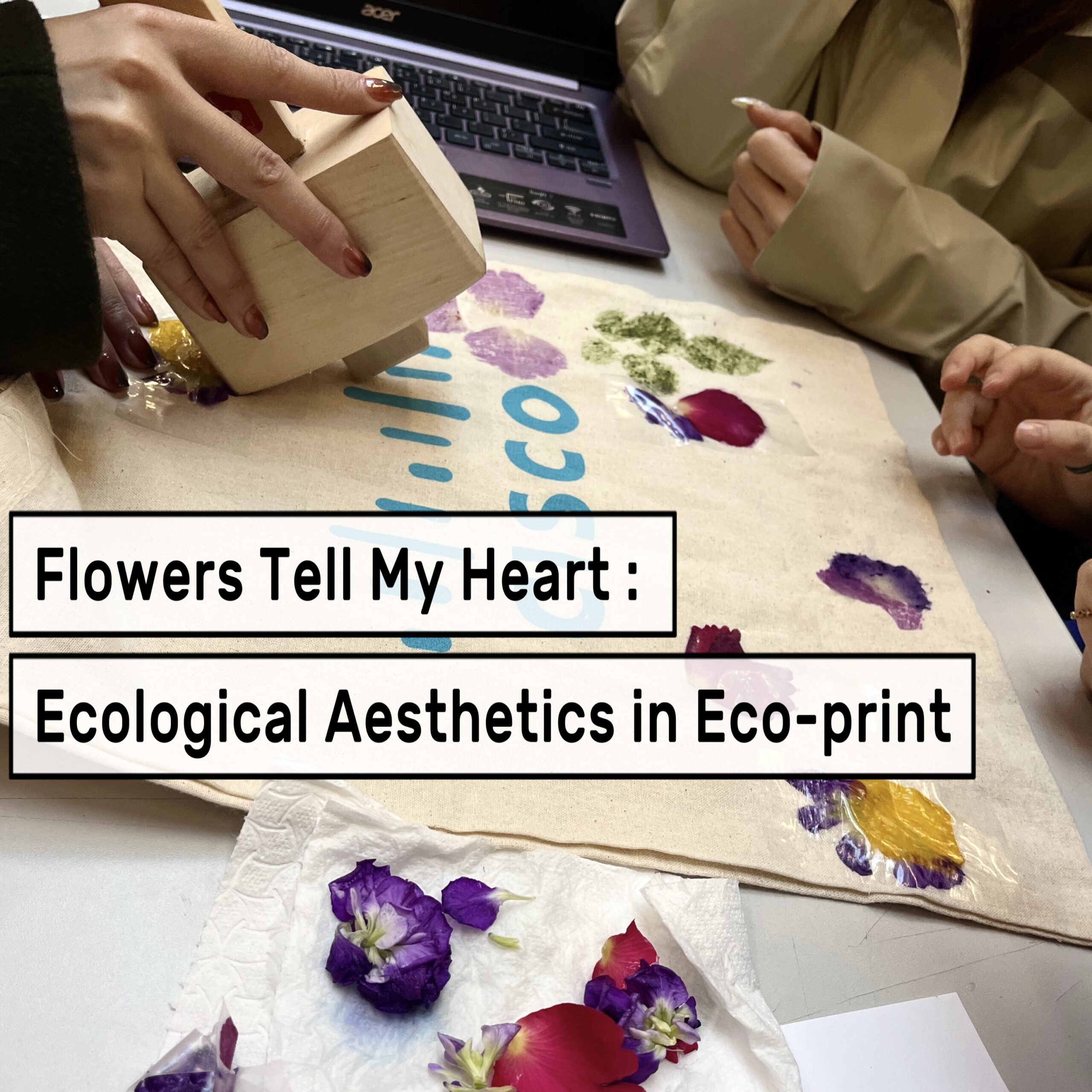
Summary
My OER toolkit "Flowers Tell My Heart: Ecological Aesthetics in Eco-print" is inspired by the exhibition "Printing in Woodlands" for the use of plants to create printing techniques(1). I combined this with the theoretical perspective of anthropologist Alfred Gell's statement “The arts, in their most basic form, are an attempt to bring about an aesthetic transformation of the world. Nature, as part of this world, is not an inert backdrop but is engaged in a dynamic relationship with human artistic practice(2). This exercise will foreground the use of natural materials in a creative practice. In a step-by-step process, the learner will be able to transform and design the canvas bag made of natural materials through eco-print. This will encourage the learner to consider the connotation of ecological aesthetics and the possibilities of responding to the ecological challenges of our contemporary world by reducing negative impacts through the use of natural materials in practice.
About “Printing in Woodlands” :
URL:https://thelansdownehouseofstencils.com/2023/01/19/printing-in-woodlands-the-exhibition/
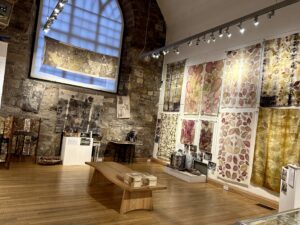
Other’s figure1 Exhibition-Printing in Woodlands by Elisabeth Viguie Culshaw
Have you ever thought about printing without artificial materials?
Have you ever seen the colors of nature itself?
Introduction:
The concept of ecological aesthetics
Philosopher Arnold Berleant believes that ecological aesthetics, as a cross-disciplinary discipline combining aesthetic concepts and ecological consciousness, advocates aesthetic experience to help us deepen our understanding of nature (3). The related forms of ecological art, land art, sustainable art, etc., also attempt to challenge the creative methods of traditional art, reflect on the problems of industrial society and climate change, and encourage the dialogue between art and nature. Through his exhibition “Becoming Animal”, Curator Nato Thompson began to try to break down the boundaries between humans and the natural world(4). He also further noted that sustainable art often comes in the form of collaborations that aim to foster a collective sense of responsibility for the environment (5).
About “Becoming Anial”:
URL: https://www.frieze.com/article/becoming-animal.
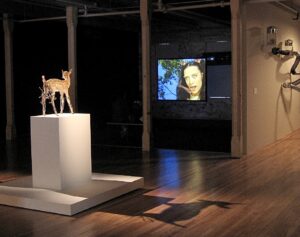
Other’s figure2 “Exhibition-Becoming Animal (photo by Arjen Noordeman)
Environmentally conscious creative practice
By guiding learners to co-learn Eco-print, a natural dyeing method, we can try to combat the waste caused by the continuous update of goods to satisfy aesthetics in a sustainable way. Referring to the example “Bernesga River Book I (open)”of artist Basia Irland, she engages in artistic practice through natural materials such as “ice” and “seeds” to call public attention to issues such as water pollution and climate change(6). We can see that art can respond to ecological issues through poetic expression and convey the concept of environmental protection.
About “Bernesga River Book I (open)”
URL:https://www.basiairland.com/projects/ice%20books/albuquerque.html
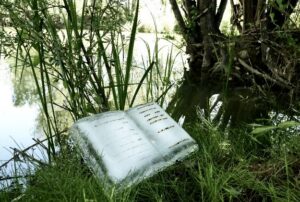
Other’s figure3 Artwork-Bernesga River Book I (open) by Eduardo Fandiño
OER principles
The toolkit does not have any restrictions on the learner’s major, region, age, etc. Every learner can deepen their understanding of the relationship between art and nature, human and nature through the simple and interesting practice of Eco-print. By collecting, soaking, designing, pasting, hammering plants and other simple steps, novel printing effects can be produced, so that the simple canvas bag can glow with new beauty.
Aims:
1. To popularize more knowledge about nature and art. Even learners without any foundation in art can get close to some of the aesthetic connotations of contemporary art and understand that nature generously provides a constant source of inspiration for contemporary art.
2. Learners are encouraged to experience firsthand the process of transforming old objects, giving common objects new colors in an environmentally friendly way, and experimenting with art in a sustainable way. Participants can even think about how the problems surrounding the ecological crisis can be answered through art.
3. Essayist Alain de Botton wrote”Art is the remedy for the noise and confusion of life (7),”and this OER is designed to make more people exposed to the charm of art through easy-to-try art practice steps can relieve stress, relax, and stimulate creative thinking.
Preparations:
1. A light-colored canvas bag. (You can also start with a thick paper towel or fabric, and can even extend to cotton and linen curtains and T- shirts after trying this toolkit.)
2. Some fresh and dark flowers, stems, leaves. (Recommended plants: pansies, trumpet flowers, cosmos, ferns, mugwort, etc. Please try to avoid oily waxy leaves.)
3. Other tools: a wide roll of sellotape, a pair of scissors, a small hammer of any material, (Or you can choose something else that is hard and easy to get. ) some paper towels, a small basin with water.
4. Please choose a suitable environment for making sounds. You can try it alone, and it would be better to do it with a few friends.
Are you ready? Now, let’s try it together!
Steps(an example from me):
Step 1: Soak (about 8minutes)
Cut the plants and see if the flowers need to be cleaned briefly. Soak them in the water basin for about 8 minutes. Then, remove and wipe out excess water with a paper towel.
Tip: You can add alum or salt to the water to fix the color.
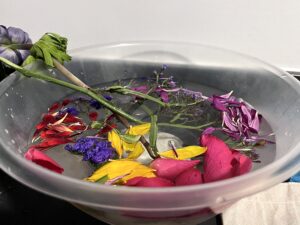
Figure1 Flowers soaked in a basin. (a photograph by the author)
Step 2: Fixation(about 2minutes)
Lay the plants on your canvas bag, organize the picture according to your own preference, your favorite arrangement of plants. You can match the flowers to the canvas bag itself, and could even put flowers in the shape of people, animals or objects you like. And you can finally round a wreath or gather in a corner, etc. Then glue the plants on in batches.
Tip: Flowers face down, you can cut a little thinner, and the back of the leaves face down.
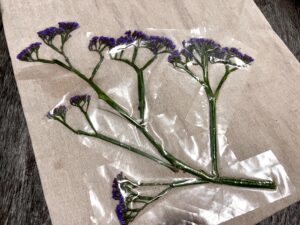
Figure2 Glue the flowers to the canvas bag. (a photograph by the author)
Step 3: Rubbing (about 6 minutes)
Please beat the pasted plants with a small hammer or a handy hard object. Pay attention to every place evenly, and hammer until the flowers and cloth almost blend together. This will be a very decompression process!
Tip: You can pad a board or cloth on the inside of the canvas bag to avoid staining the other side. When you feel that the hammer is almost done, you can gently uncover the tape to see if the juices of the flowers and leaves are evenly dyed in. And if you don’t have a small hammer or need assistance, you can use a card to scrape.
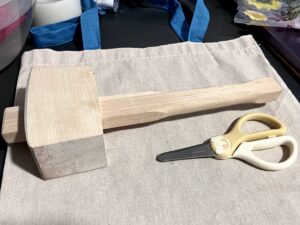
Figure3 Have a hammer ready to hit the glued plant. (a photograph by the author)
Step 4: Share and Discussion(about 4 minutes)
When the pigment of the plant has almost soaked into the fabric, you can carefully peel off the sellotape to see the end result. At this point, the canvas bag transformed with plant printing and dyeing is completed! Finally, you could discuss with other learners to summarize what plants, tools, and methods might work better! Sharing learning results and maintaining interdependence also belong to the significance of cooperative learning (8). You can also take pictures for your eco-print work.
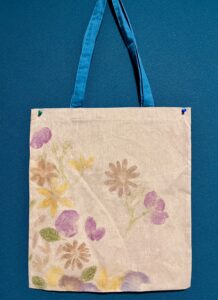
Figure4 Finished flower rubbing canvas bag.(a photograph by the author)
Epilogue:
Eco-print is an art form that uses plants to print and dye fabrics, which can create unique printing effects through the natural release of plant pigments. Through the above steps, I believe you have learned that natural materials can be used as a medium for artistic creation, understood aesthetics’ appeal for environmental protection in the context of ecological aesthetics, and got some healing in the creative experience. Regardless of whether the final result is perfect and meets your expectations, congratulations on successfully completing our eco-printing journey.
Thank you for your participation ! !
Finally, I hope you are willing to leave valuable real ideas! This will help me improve future toolkit designs.
The questionnaire consists of 6 questions and takes about 1 minute to complete.
Please scan the QR code below or click the link to answer~
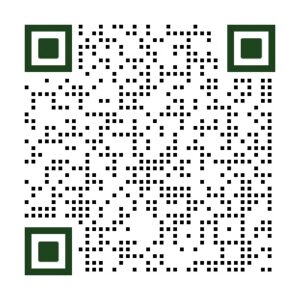
Figure5 QR code(a photograph by the author)
https://forms.gle/U9Kkn4pe1Dn3VoaQA
References
1. bettysbeautifullife. 2023. “Printing in Woodlands, the Exhibition.” THE LANSDOWNE HOUSE. January 19, 2023. https://thelansdownehouseofstencils.com/2023/01/19/printing-in-woodlands-the-exhibition/.
2. Gell, Alfred. 1998. Art and Agency. Clarendon Press.
3. Berleant, Arnold. 1995. Aesthetics of Environment. Philadelphia: Temple Univ Press.
4. Miller, Francine. 2024. “Becoming Animal.” Frieze.com. November 29, 2024. https://www.frieze.com/article/becoming-animal.
5. Thompson, Nato. 2012. Living as Form : Socially Engaged Art from 1991-2011. New York, N.Y.: Creative Time ; Cambridge, Mass. ; London.
6. Irland, Basia. 2024. “Basia Irland – Statement.” www.basiairland.com. 2024. https://www.basiairland.com/about/index.html.
7. Alain De Botton, and John Armstrong. 2013. Art as Therapy. London: Phaidon Press Limited.
8.Johnson, David W, and Roger T Johnson. 1999. Learning Together and Alone : Cooperative, Competitive, and Individualistic Learning. Boston: Allyn And Bacon.
Image list
Other’s figure1 “Exhibition-Printing in Woodlands by Elisabeth Viguie Culshaw” © 2024 by Muyang Jin is licensed under CC BY-SA 4.0
Other’s figure2 “Exhibition-Becoming Animal by Arjen Noordeman” © 2024 by Muyang Jin is licensed under CC BY-SA 4.0
Other’s figure3 “Artwork-Bernesga River Book I (open) by Eduardo Fandiño” © 2024 by Muyang Jin is licensed under CC BY-SA 4.0
Figure0 cover © 2024 by Muyang Jin is licensed under CC BY-SA 4.0
Figure1 Flowers soaked in a basin © 2024 by Muyang Jin is licensed under CC BY-SA 4.0
Figure2 Glue the flowers to the canvas bag © 2024 by Muyang Jin is licensed under CC BY-SA 4.0
Figure3 Have a hammer ready to hit the glued plant © 2024 by Muyang Jin is licensed under CC BY-SA 4.0
Figure4 Finished flower rubbing canvas bag © 2024 by Muyang Jin is licensed under CC BY-SA 4.0
Figure5 QR code © 2024 by Muyang Jin is licensed under CC BY-SA 4.0
(Figure0 cover © 2024 by Muyang Jin is licensed under CC BY-SA 4.0 )
(Figure5 QR code © 2024 by Muyang Jin is licensed under CC BY-SA 4.0 )


